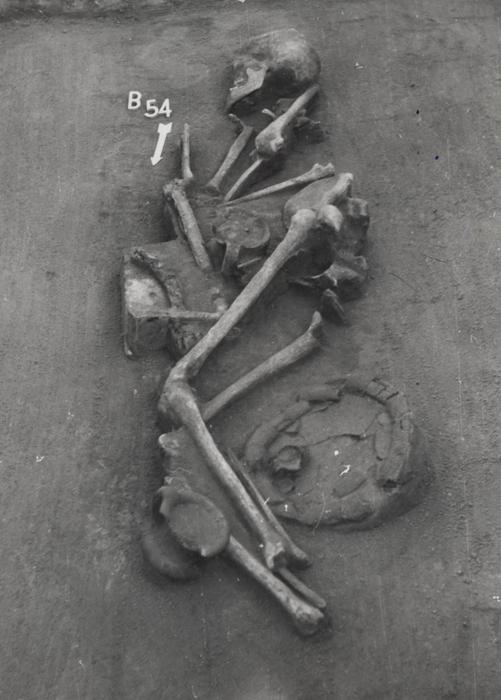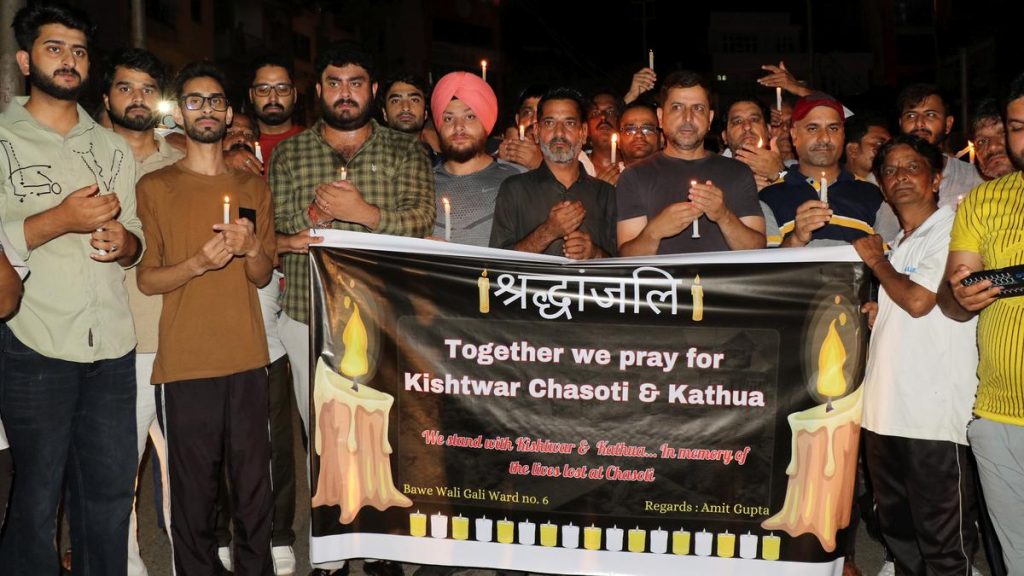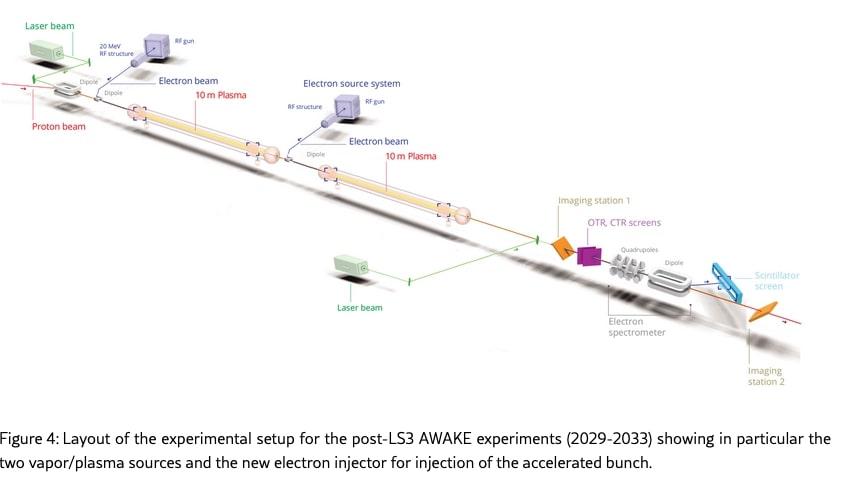Now Reading: 3,500-Year-Old Teeth Reveal Key Shift in Central Europe’s Bronze Age
-
01
3,500-Year-Old Teeth Reveal Key Shift in Central Europe’s Bronze Age
3,500-Year-Old Teeth Reveal Key Shift in Central Europe’s Bronze Age

Quick Summary
- Study Details: A multidisciplinary study published in Scientific Reports examined a Hungarian cemetery from Tiszafüred-Majoroshalom to explore dietary and cultural changes during the Bronze Age transition (Middle to Late Bronze Age).
- Dietary Insights:
– Middle Bronze Age diet included varied sources of nutrition, especially animal proteins.
– Late Bronze Age diet became less diverse, with a noticeable decline in animal protein consumption.
– Introduction of broomcorn millet as a dietary staple occurred at this time-the earliest documented millet consumption in Europe.
- Mobility and Migration Changes:
– Middle Bronze Age populations had higher mobility and nearby immigration.
– Late Bronze Age migrants came from farther regions but were fewer in number overall.
- Cultural Implications:
– Findings challenge the belief that tumulus culture was consistently pastoral. Reduced livestock use suggests other subsistence strategies during the Late Bronze Age.
- Interdisciplinary Success: The study utilized archaeology, bioarchaeology, and anthropology methods to uncover these insights.
Indian Opinion Analysis
This research sheds light on how ancient societies adapted their subsistence practices over time due to ecological or societal pressures-a reflection of humanity’s resilience. For India, where agriculture remains central to rural livelihoods, studies like this underscore the importance of understanding dietary evolution and its role in shaping civilizations.The introduction of broomcorn millet highlights broader lessons on food diversification during crises or resource scarcity-relevant insights for India’s agrarian strategies amid climate challenges today. Furthermore, decreasing migration noted during this era parallels modern concerns about declining human movement due to geopolitical barriers-a salient topic for India’s global diaspora policies.
While rooted outside India geographically, interdisciplinary approaches demonstrated here may inspire deeper investigations into similar transitions within Indian archaeological contexts. Understanding past adaptations can inform enduring solutions suited for future adversities.


























